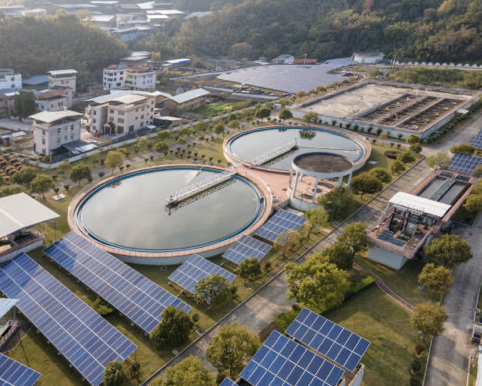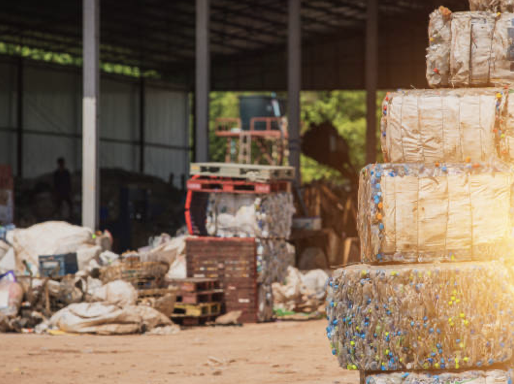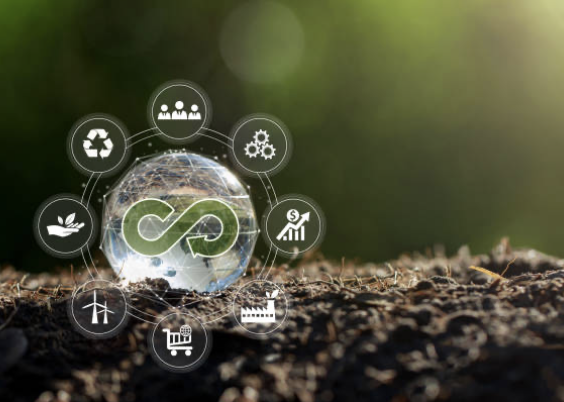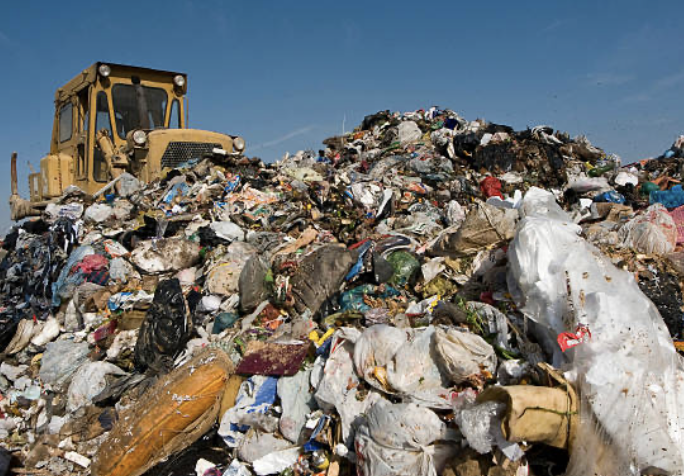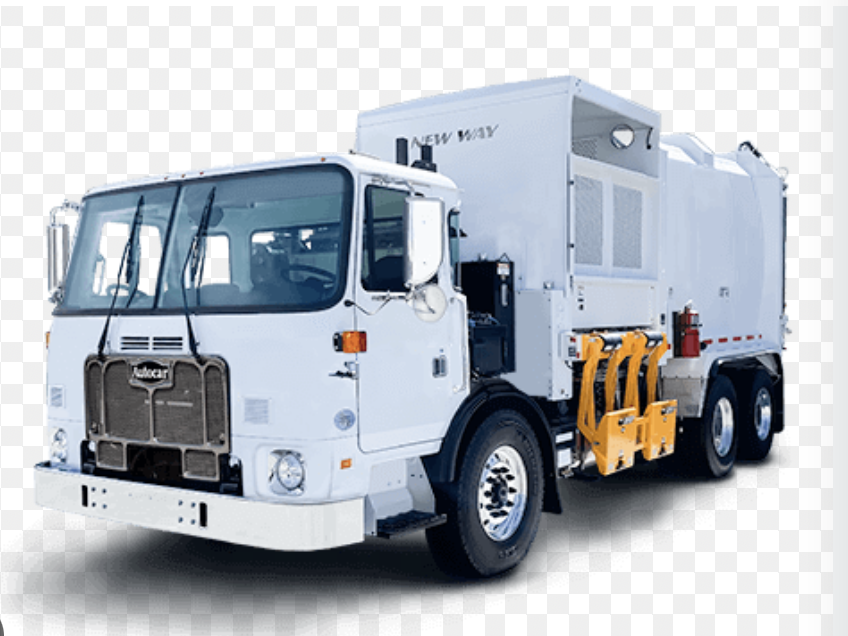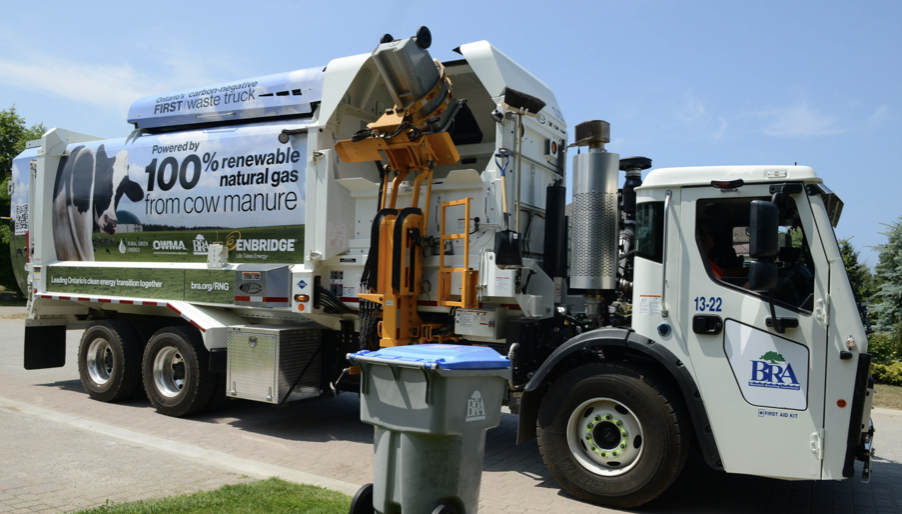We offer ecosystem solutions that include designs to produce electricity and fuel from waste, among other sustainable energy production methods. Our services aim to connect biomass energy production and next-generation technologies with economic development. We provide consulting services to build a carbon-neutral society by leveraging technologies aligned with the RE100 initiative.
Here is a detailed explanation:
- Production of Electricity and Fuel from Waste: We provide designs and solutions to reuse waste and convert it into energy. Utilizing methods such as biomass energy production and biogas generation from waste, we create sustainable energy sources while reducing waste and its environmental impact.
- Utilizing Next-Generation Technologies for Economic Development: We offer consulting services to leverage next-generation energy technologies for economic growth. By introducing sustainable technologies such as renewable energy transition and energy efficiency improvements, we help drive regional and corporate development.
- Commitment to RE100: We harness technology to support the construction of a carbon-neutral society by aligning with the RE100 initiative. Through the adoption of renewable energy sources and improvements in energy efficiency, we assist customers in achieving their sustainability goals.
Our ecosystem solutions focus on both sustainable energy production and environmental preservation. We provide customized consulting services tailored to our customers’ needs and goals, contributing to the realization of a sustainable society.

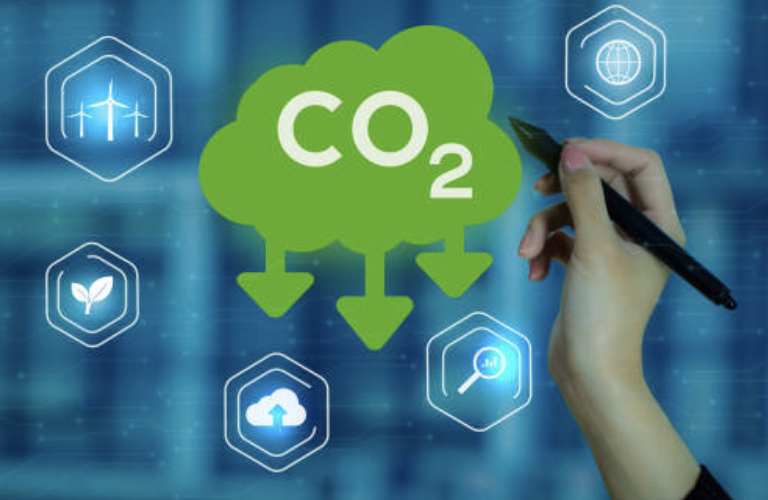

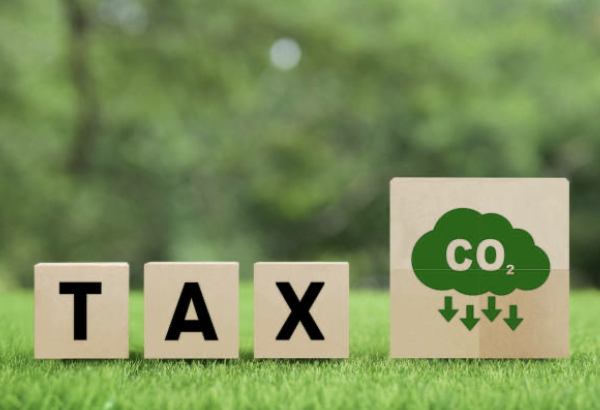
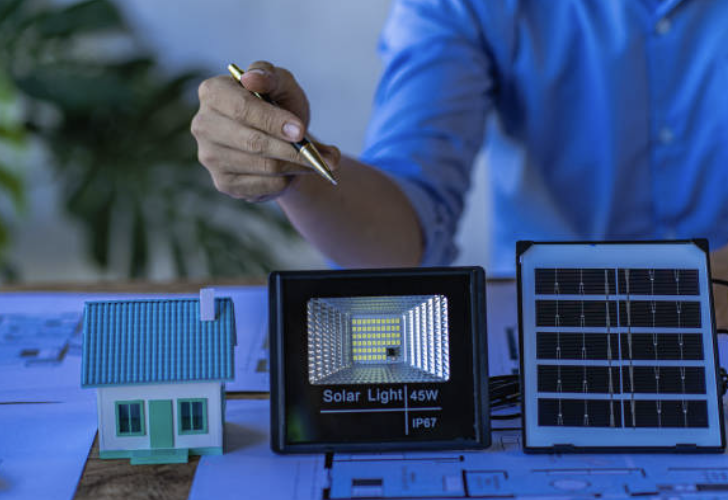
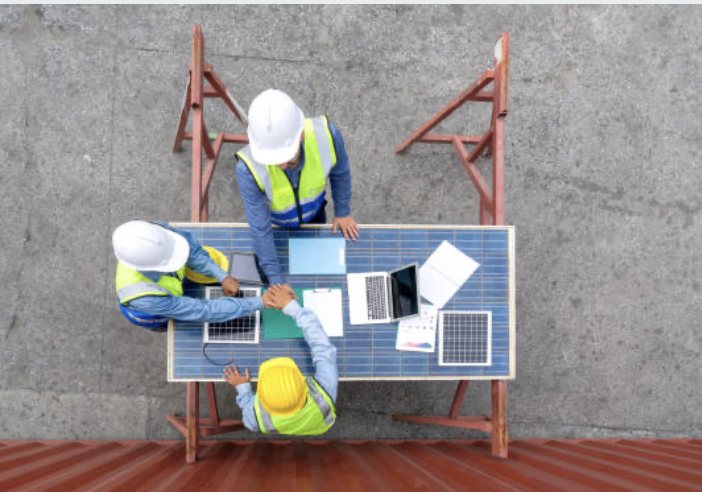
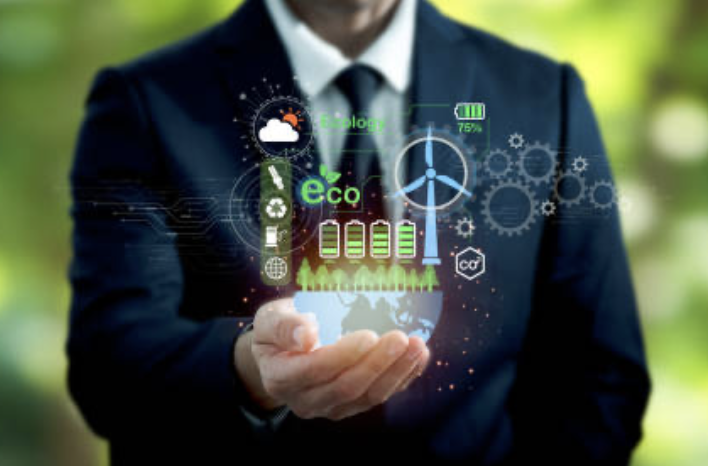

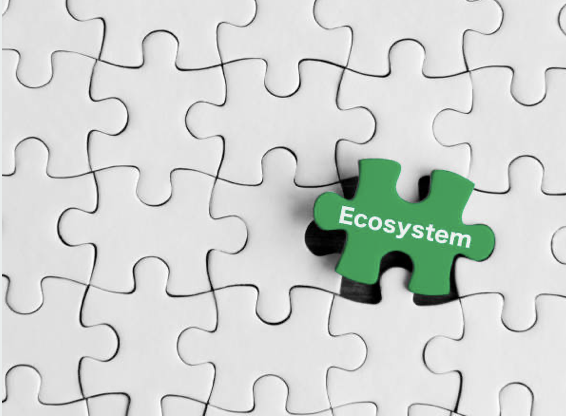
Energy from garbage
Energy from garbage, also known as waste-to-energy, refers to the process of converting solid waste materials into usable forms of energy. This approach helps address two significant challenges: waste management and energy generation. Here’s an explanation of the process:
1. Waste Collection and Sorting: Solid waste, including municipal solid waste, industrial waste, and agricultural waste, is collected and transported to a waste management facility. At the facility, the waste is sorted and separated to remove recyclable materials such as metals, plastics, and paper.
2. Waste Incineration: Non-recyclable waste, often referred to as residual waste or refuse-derived fuel (RDF), is sent to an incineration facility. The waste is burned at high temperatures in specially designed incinerators. This process helps reduce the volume of waste and also destroys pathogens and hazardous substances.
3. Energy Generation: The heat produced by incineration is used to generate steam. The steam is then directed through turbines, which drive generators to produce electricity. The generated electricity can be utilized to power homes, businesses, and even injected into the grid for wider distribution.
4. Residual Material Treatment: After incineration, the remaining ash is processed and treated to remove any remaining contaminants. Depending on the local regulations and available technologies, the ash may be further treated for recycling or disposed of safely in an approved landfill.
Energy from garbage provides a dual benefit by reducing the amount of waste sent to landfills and producing electricity or heat. It offers a sustainable waste management solution while contributing to the generation of renewable energy. However, it’s important to note that waste reduction, recycling, and composting should still be prioritized to minimize waste generation and maximize resource conservation.
And more
The process of generating energy from waste, without segregation, involves the following steps:
1. Waste Input: All waste materials are collectively deposited into the treatment facility without prior segregation. Various types of waste are mixed together for processing.
2. Waste Incineration: The deposited waste is incinerated at high temperatures. Within the incinerator, the waste undergoes combustion, resulting in the production of thermal energy.
3. Recovery of Thermal Energy: The generated thermal energy is recovered using devices such as boilers. The recovered thermal energy can be used as steam or hot water.
4. Utilization of Energy: The recovered steam or hot water is utilized to drive turbines or generators, which generate electricity. The generated electricity can be used for households, industrial facilities, and other applications.
The process of generating energy from waste without segregation aims to streamline the treatment process. However, it is important to note that waste reduction and recycling through segregation remain crucial for minimizing environmental impact. Even without segregation, efforts toward waste minimization and resource recovery should be integrated into sustainable waste management practices.
